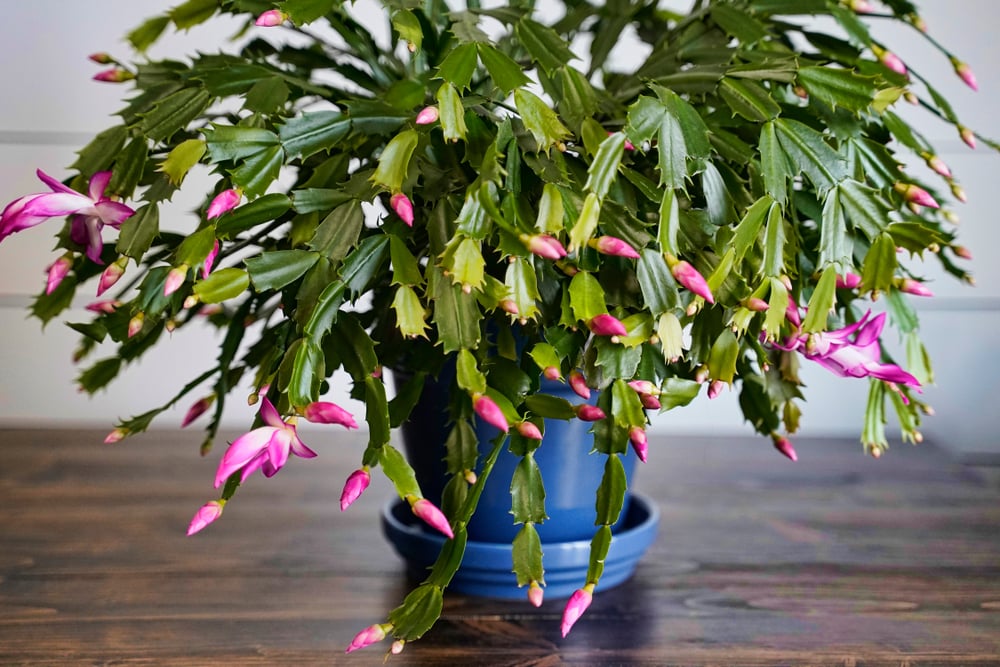Table of Contents
Christmas Cactus, as the name suggests, is not really a cactus but a beautiful flowering plant more commonly referred to as forest cactus, growing in jungle woodland attached to trees. They make beautiful houseplants for gifting, especially during Christmas. Colourful and pretty, these make ideal gifts owing to their beautiful eye-catching pink, purple, white or red flowers.
Ideal for brightening up a dark winter day with its bright flowers, Christmas Cactus start flowering in late November and continue to flower into late January. These plants are easy to grow and are relatively non-fussy. They are easy to propagate and one of the top favourite winter picks to brighten up your home. Read on to learn more about caring for these beautiful plants.
What is a Christmas Cactus?
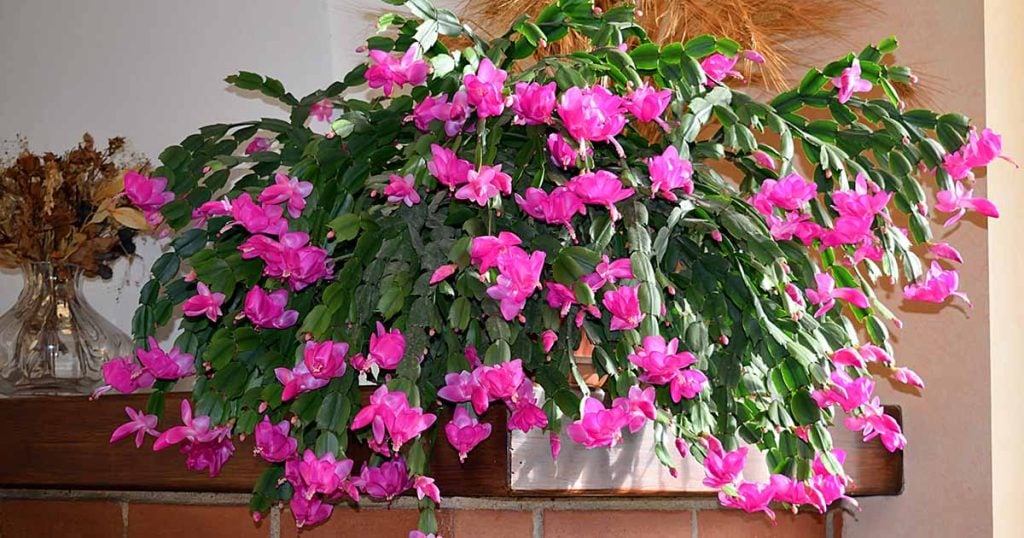
Common Name: Christmas Cactus
Botanical Name: Schlumbergera truncata and S. × buckleyi
Group: Cacti, succulents
Difficulty to grow: Easy
Originating from Brazil, the Christmas Cactus is an epiphyte- which grows on other plants or trees. Schlumbergera truncata and S. × buckleyi are the two major species of Christmas cactus. It is a member of the cactus family but has little in common with the traditional cacti.
They are called Christmas cacti because of their tendency to bloom around the Christmas season, which is late November to late January, right in time for the festivities. These are easy to grow, care for and propagate, making them ideal houseplants for gifting.
Growing a Christmas Cactus
There are some top tips to keep in mind when growing a Christmas cactus. Some of the most important considerations are:
1. Light
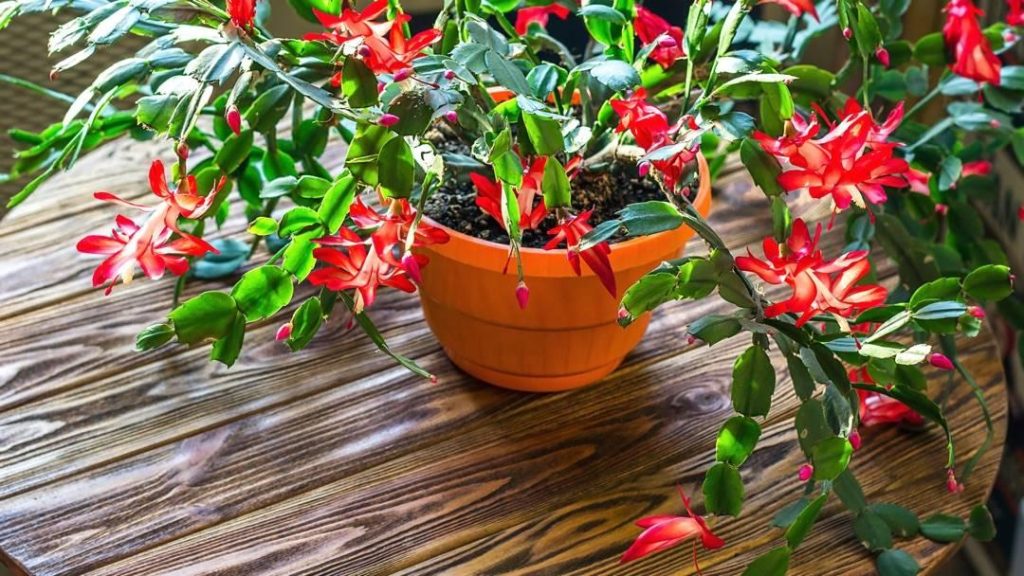
Christmas Cacti prefer partial shade conditions but can handle most light levels inside the house. They thrive better in sun-filled rooms, as too much shade leads to root rot or basal rot. An optimal temperature of about 65 degrees works best for these plants.
2. Soil
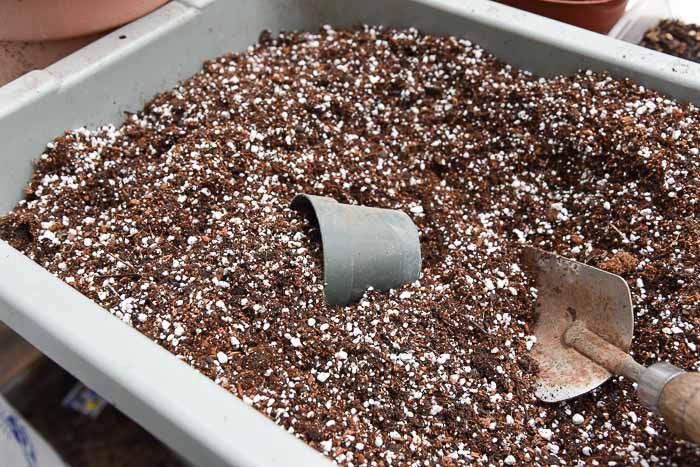
Christmas Cactus needs high-quality soil with good drainage. A combination of organic matter with peat or compost, sand, grit and pumice will provide the much-needed drainage. If planting indoors, it is best to plant in clay pots since they are porous and provide good air circulation and conducive conditions. It is best to use a fertiliser rich in potassium to encourage flowering in the plant.
3. Water
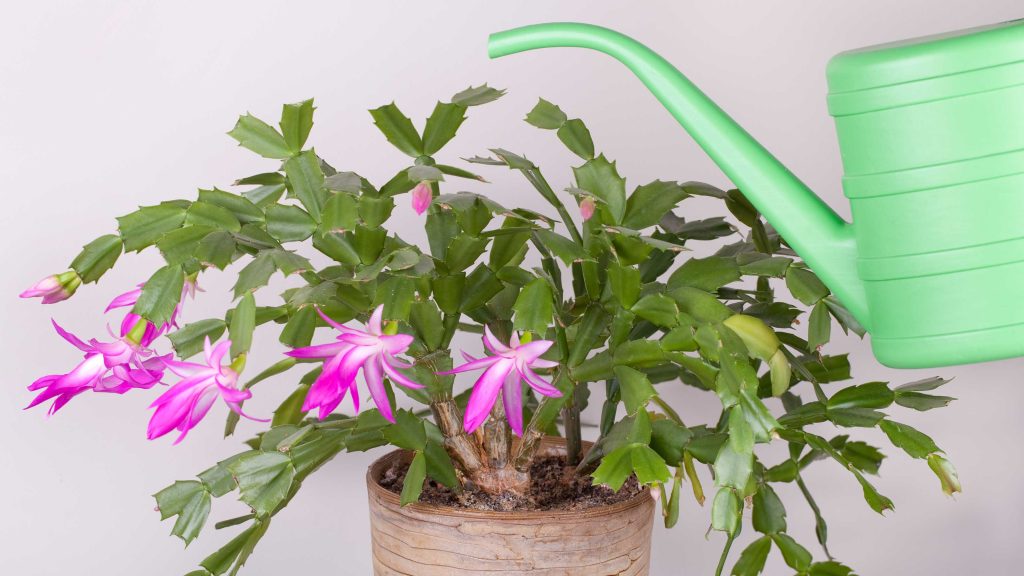
It is best to keep the soil moist to encourage flowering. Less watering can result in little growth or no growth and shrivelled leaves, and over watering will result in yellow leaves and also root rot.
Propagating Christmas Cactus
It is fairly easy to propagate Christmas Cactus to grow new plants via stem cuttings. These cuttings can then be propagated either in water or in soil. It is best to try to propagate during Spring, their season of active growth.
1. Water Propagation
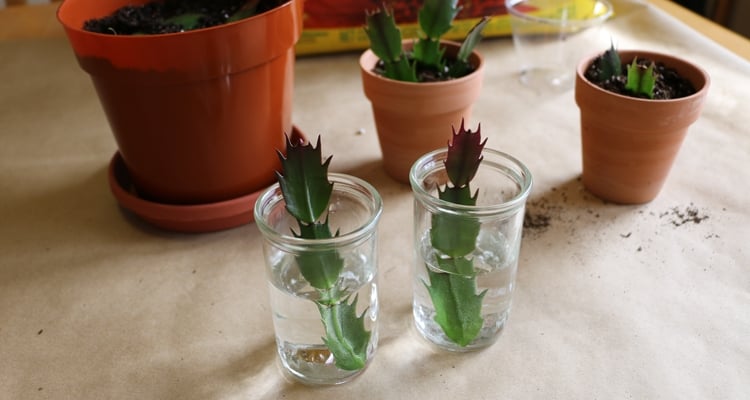
Choose to cut the stem so that there are at least two visible nodes so that there is enough room for rooting. Place the cuttings on a wet paper towel away from direct sunlight. It is best not to submerge them immediately in water so as to prevent any bacterial infection.
Now place this cutting in warm water with adequate light and make sure to replace the water every few days to prevent any bacterial growth. The rooting process will take a few weeks to establish. Once there is about an inch of root growth, it is time to pot them in the soil.
2. Soil Propagation
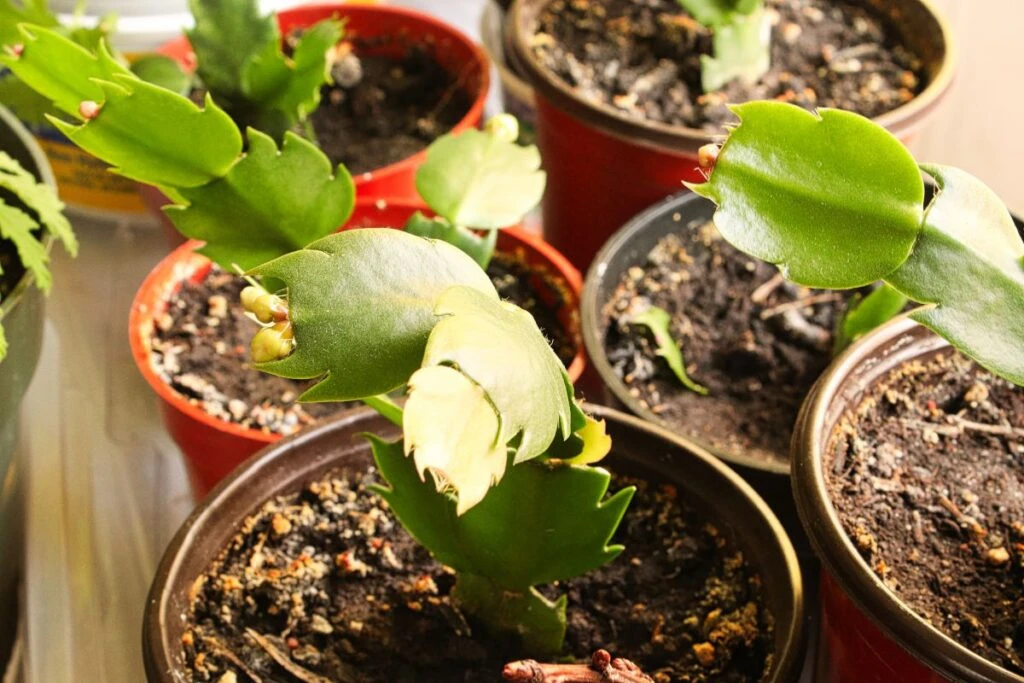
Take a stem cutting with at least two visible nodes to help in root growth. For preparing the potting mix, choose high-quality draining soil with nutritious compost and other porous material like sand and grit for drainage.
It is best to choose shallow pots to propagate since these plants don’t need deep soil to root. Place the cutting on top of moist soil for the rooting process to start. Keep the soil moist in between with bright indirect light. Once the roots begin to grow, place them back in the soil, making sure not to push them too far down as it can lead to root rot.
3. Pruning
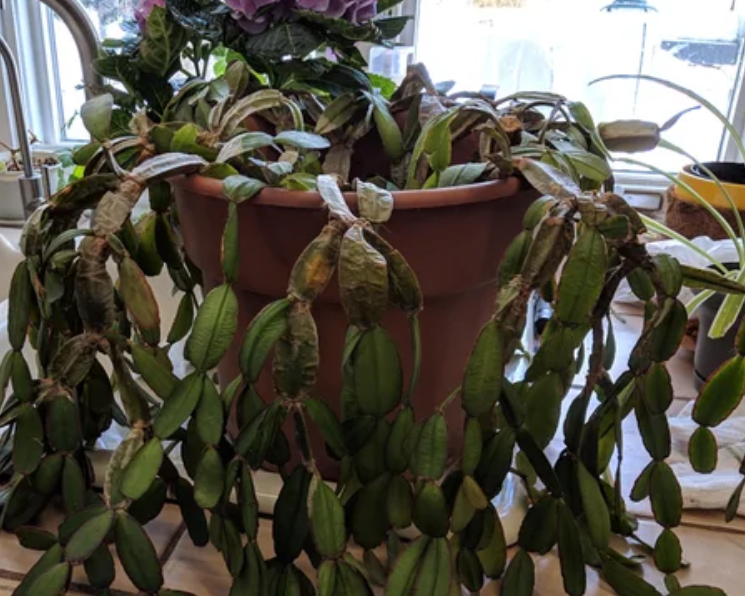
Schlumbergera needs little or no pruning, but its best to remove old and damaged stems to prevent congestion. It can get overcrowded over a period of time, and it is best to remove the entire stem segments for a nice trim look.
How to Care for Christmas Cactus
Christmas Cactus grow long stems which do not stand upright. They tend to droop and grow abundant flowers at the tip of the stem. These plants grow better in wide pots, which gives them enough space to spread. It is best to water them moderately during their growth phase in summer, during the flowering season, and water sparingly at other times.
Christmas cacti don’t like a dry atmosphere, so it is best to achieve an adequately humid atmosphere which can be easily done by placing the pot on a gravel or pebble plate. The plant should receive plenty of indirect light and never be in direct sunlight.
After the flowering season ends, it is best to stop feeding and watering sparingly so that the soil doesn’t completely dry out. During their main growth period from April to September, keep them well-fed with a potassium-rich liquid feed.
Most Common Problems with Christmas Cactus
These plants are not prone to many pest and bug attacks but have some physical cultivation problems. Some of them are
1. Flower Bud Drop
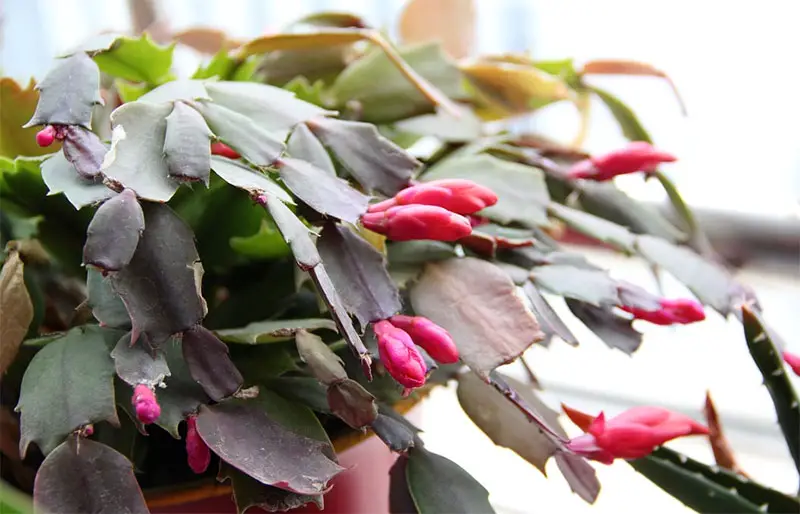
This is most often caused by fluctuating temperatures, i.e. too hot during the day and too cold at night. This can also be caused by overwatering issues.
2. Scorch
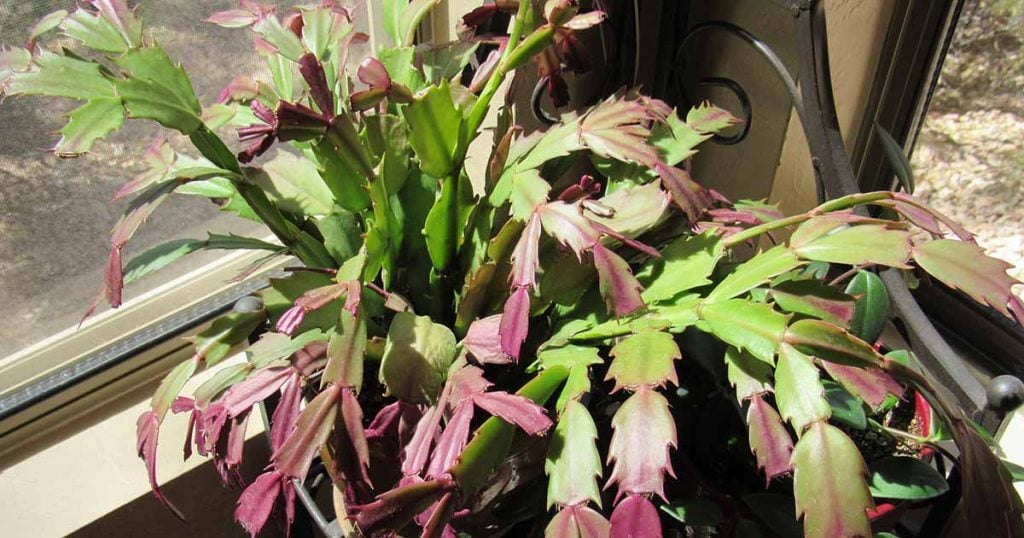
A general discolouration of leaves may occur due to too much sunlight, mostly in summer. A pigment called carotenoids may develop, which will give the leaf a red or purple look. Though this doesn’t affect the functioning of the plant, it is best to move these plants away from direct sunlight into a shadier location. Since these are not desert cacti, they grow best in a woodland atmosphere.
3. Non-Flowering
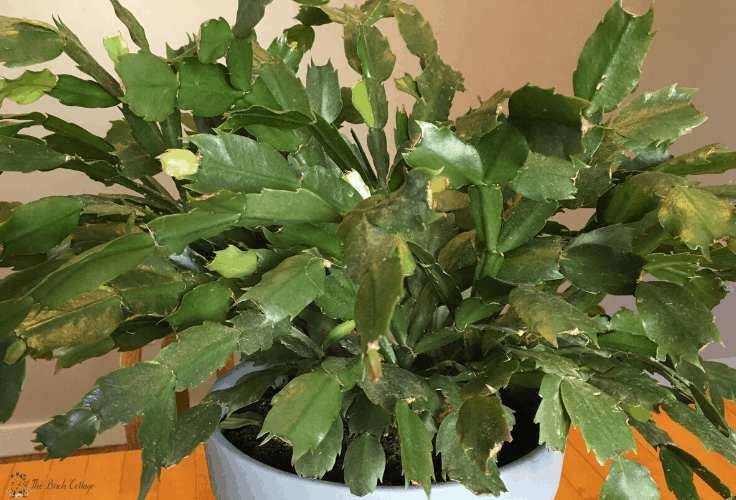
When indoors, the plant may fail to flower if the day doesn’t shorten or the temperature doesn’t drop adequately. Like if the plant is kept in artificial light all day long, it does not mimic natural conditions and so on.
4. Yellow Foliage
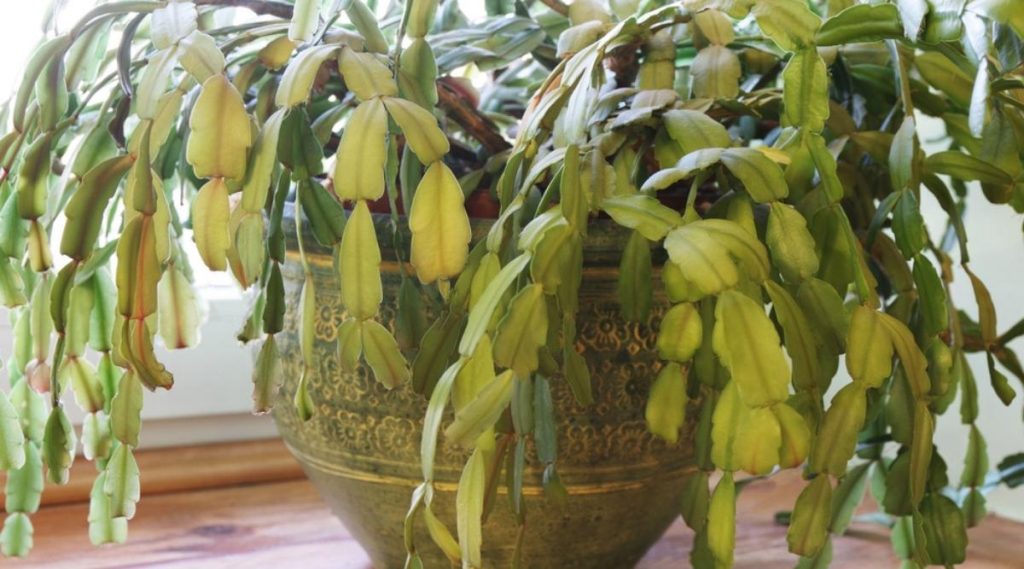
If the temperature dips below 10 degrees Celsius, the plant could develop yellow foliage and also result in weakened health. If this happens, it is best to remove the affected areas and move the plant to better conditions for it to thrive.
5. Mould or Mushrooms
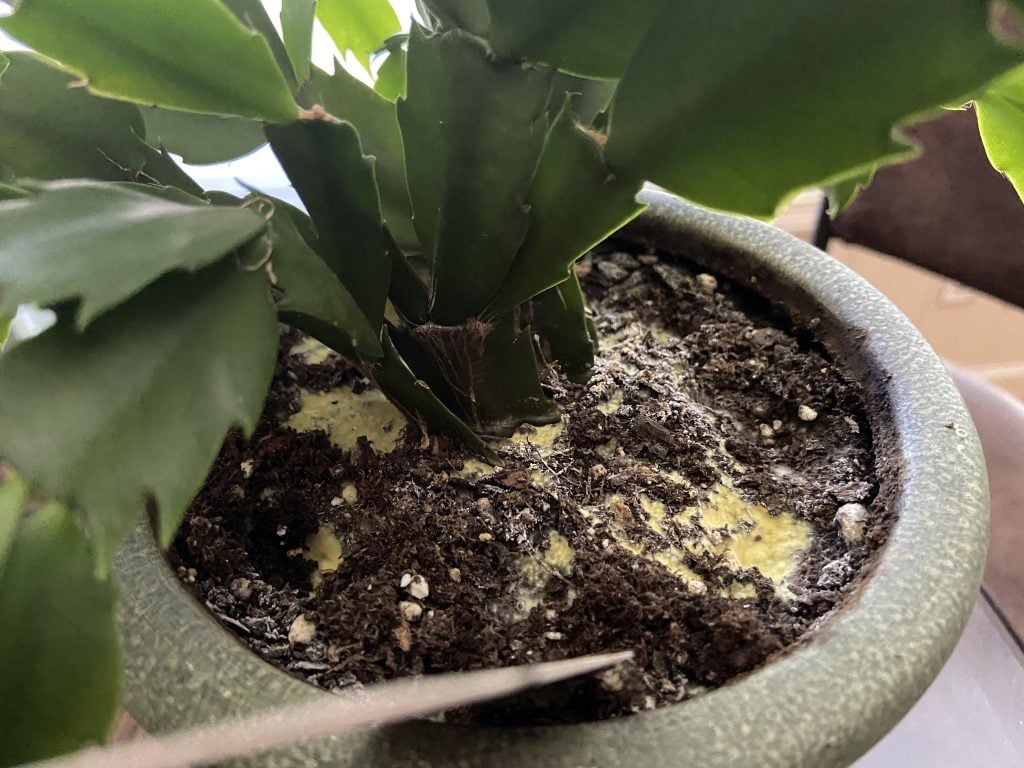
This can be caused by less exposure to light or overwatering of the plant. Once removed, replace the topsoil and move the plant to better light conditions and also water it less. In case there is yellowing of leaves, check for root rot issues.
Some Common Pests in Christmas Cactus and How to Care
1. Mealybugs
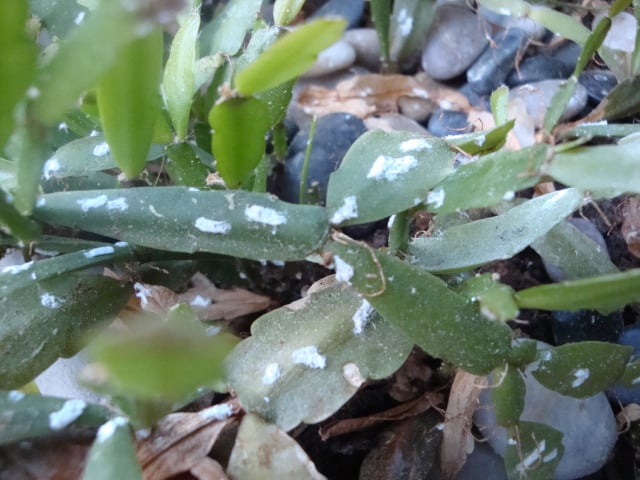
These bugs infect indoor plants and have cottony masses, which can grow mould if left alone for a long time. It is best to get rid of them by using a toothpick or using an insecticide.
2. Fungus Gnats
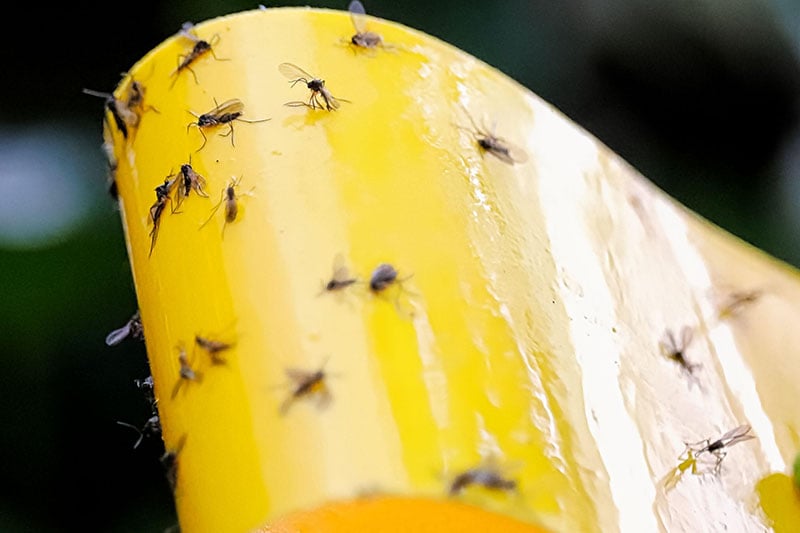
These flying pests tend to love soggy soil and can result in leaves falling if the infestation is not controlled. In this case, it is best to use an insecticide or even consider repotting the plant.
3. Spider Mites
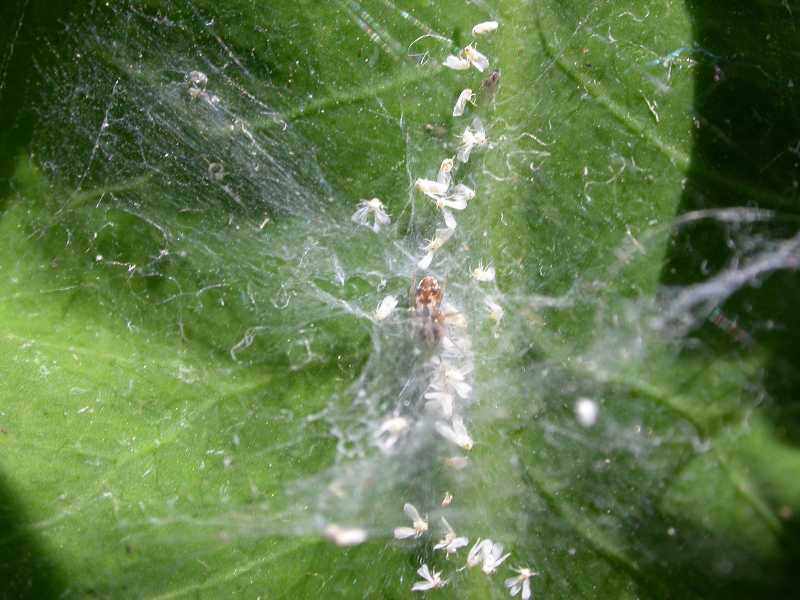
Though these insects might be hard to detect, you can always trace them by the web-like structures on the plant. These webs end up attracting dust which leads to clogged pores and poor plant growth. It can be easily removed by spraying an insecticidal spray.
How to Make the Christmas Cactus Rebloom
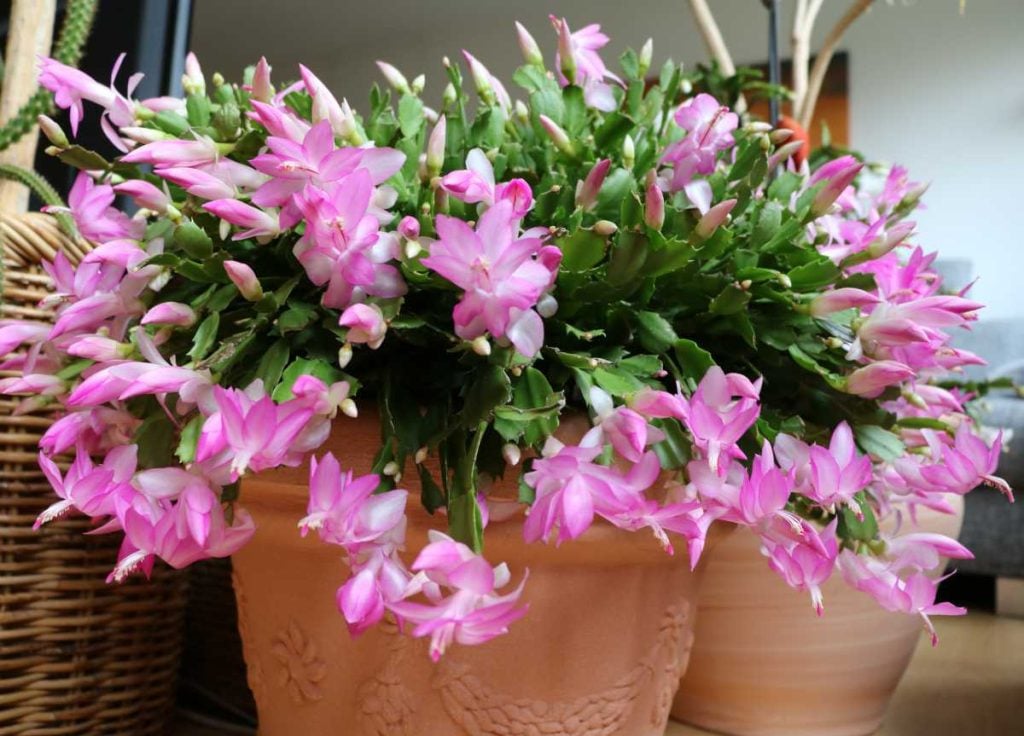
Though these are easy plants to grow, there are some things to keep in mind if you want them to flower every year. The general rule of thumb is that these plants need to be repotted to ensure that they bloom. It also needs a resting period with a drop in watering frequency and a reduction in temperature.
From January to March, it is best to reduce watering frequency, ensuring that the compost doesn’t dry out completely. A slight reduction in room temperature also helps.
April to September is the main growing period for a Christmas cactus. At this time, it is essential to maintain a frequent watering schedule and also ensure a high potassium liquid feed for the plant. A slight increase in temperature is also essential during this period.
From late September, the flowering buds will start to appear. To ensure full blooms, it is necessary to keep them well watered and also maintain a general temperature of about 20 degrees Celsius.
The Joy of Christmas Cactus
Colourful and pretty with its eye-catching blooms in various hues, Christmas cactus is a definite must-have to perk up the holiday cheer. They also make ideal gifts for the season, and the beautiful blooms are perfect for gifting.
This easy-to-maintain and grow plants grow flowers at the end of their long shoots called platyclades, which function like leaves in these plants. The long shoots can grow to a length of up to 40 cm, which makes these plants look incredibly beautiful and ornamental in a hanging pot.
So are you ready to plant these stunning beauties in your home? Write to us with any questions and concerns about growing and caring for the Christmas Cactus plants.
Frequently Asked Questions
How Much Care Does a Christmas Cactus Need?
These are easy plants to maintain. You just need to make sure that you only water to keep the soil moist and without making the soil soggy and maintain an adequate temperature for growth.
Which is the Best Place to Put the Christmas Cactus?
These plants prefer plenty of shade and indirect light, and humid temperature conditions. Growing it in a north or east-facing room with plenty of indirect light is ideal.
Can Christmas Cactus Tolerate Cold?
These plants are hardy though they require a temperature of 21°C and more consistently to grow and bloom. It is not a frost-tolerant plant and can easily damage with prolonged exposure to lower temperatures.
Why Are My Christmas Cactus Leaves Limp?
The main cause could be overwatering the plant or too dry conditions. Check the soil to eliminate the cause and take action as required. Too much light could also be a cause, in which case move the plant to partial shade conditions.

